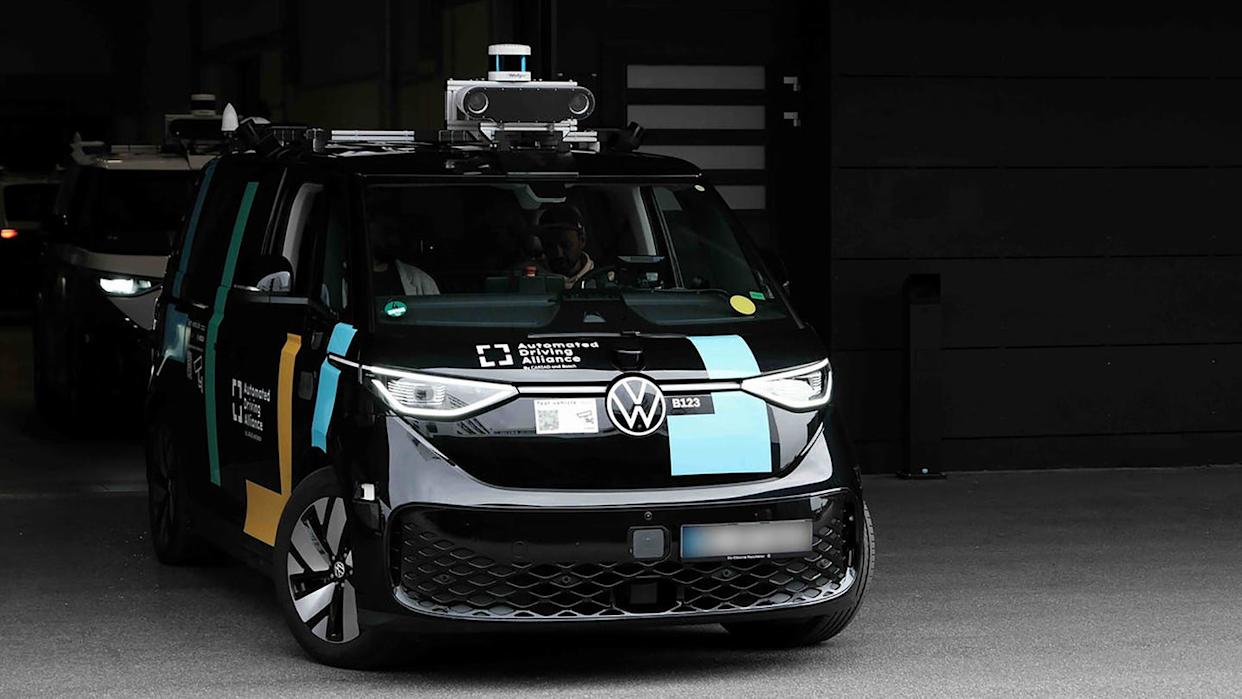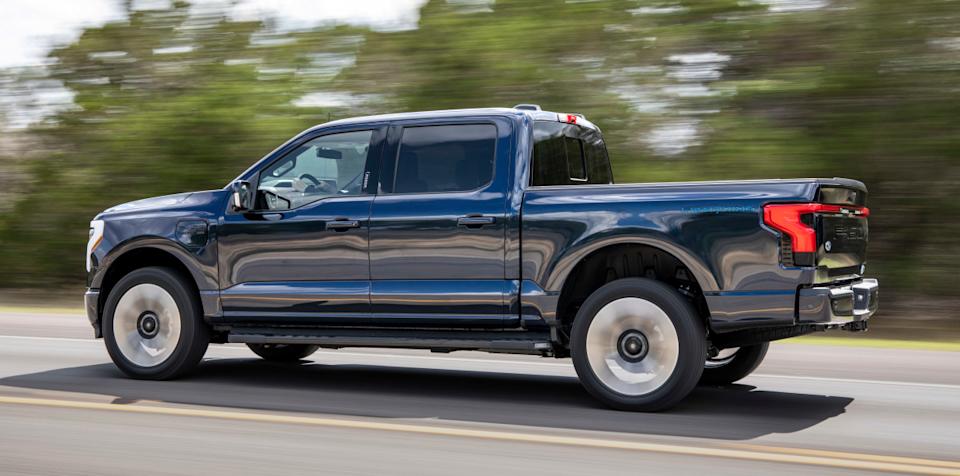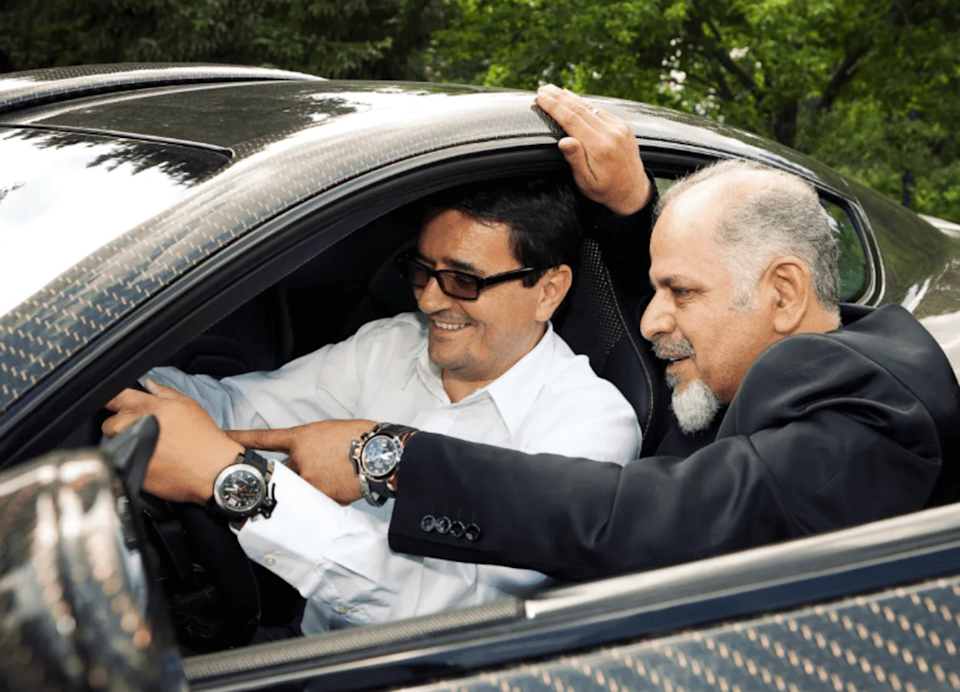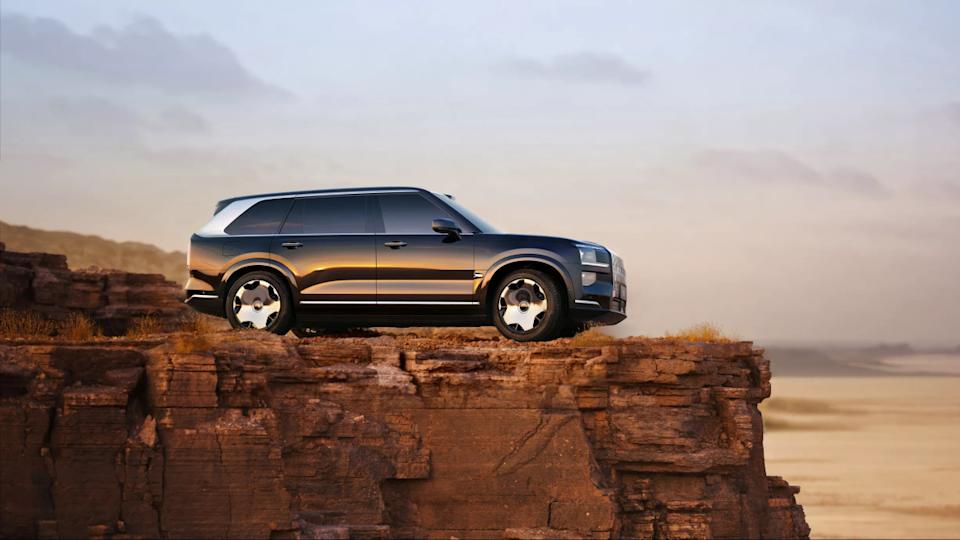
Bosch and Volkswagen's software arm Cariad intend to integrate artificial intelligence into automated and autonomous software of upcoming vehicles, including ones that will be offered for purchase to private customers.
Several autonomous developers are turning to AI, instead of relying entirely on code, to train and run autonomous driving systems.
Bosch plans to license its autonomous driving systems to other automakers as well, including eyes-off SAE Level 3 systems.
Tesla may have popularized the use of AI in its still-experimental Full Self-Driving (Beta), relying on neural networks instead of traditional lines of computer code.
But, as you may have noticed, FSD Beta still requires supervision at all times, and isn't racing toward unsupervised or eyes-off SAE Level 3 operation.
Tesla isn't the only automaker betting on this approach to SAE Level 4/5.
Bosch and Volkswagen's software unit Cariad are also working on integrating artificial intelligence into autonomous driving as part of their Automated Driving Alliance.
The two are currently working on the software stack for SAE Level 2 and 3—just below robotaxi capabilities.
In fact, AI is now being used by the two companies in everything from powertrain control to object recognition and sensor data fusion.
"In the future, the automated driving functions will be based on an end-to-end AI architecture in which all modules will become even more powerful and intelligent through the use of AI," Cariad says.
Tech for All Private Car Owners
The broader goal is to make automated driving available to all private car owners, not just robotaxi users, offering SAE Level 3 capabilities in a far greater range of scenarios.
"Their goal is for the new driving functions to allow drivers to take their hands off the steering wheel in various driving situations," Cariad says.
"The first versions have been implemented in test fleets and are now being systematically trained and further developed on a daily basis with large amounts of data."

What does this mean for car buyers?
The two companies currently plan to offer a software stack for production vehicles starting in mid-2026.
That's essentially when we can expect a much more mature version of SAE Level 3, or eyes-off and hands-off driving capability in some vehicles.
"The Volkswagen Group plans to integrate Bosch and Cariad's automated driving functions into its new architecture for software-defined vehicles," Cariad says.
The Ticket to Widescale SAE Level 3 Operation?
As Bosch is a supplier of automotive technology, the company also plans to make this system available to other automakers.
"We're demonstrating that the German automotive industry has mastered the key technologies of artificial intelligence and automated driving," says Peter Bosch, CEO of Cariad.
"With the expertise of our developers and engineers, we are securing an integral part of Europe's digital sovereignty."
It remains to be seen whether AI can be the ticket to widescale SAE Level 3 operation in private cars, with SAE Level 4 robotaxis relying on higher, more complex standards, as a lot of the time there isn't even a person in a moving car.
So the approaches to eyes-off, hands-off SAE Level 3 and robotaxi SAE Level 4 tech aren't all that similar at the moment.
The still-experimental AI-based automated driving tech is currently being tested in the VW ID. Buzz and the Audi Q8, with continuous data collection still being a necessary step.
"Just as language models understand complex semantic relationships, the Automated Driving Alliance's new AI stack can analyze urban traffic scenarios and anticipate both the current and potential behavior of road users from different sensor modalities," VW's software unit says.

What's clear is that multiple automakers are racing to be the first to successfully integrate AI into an SAE Level 3 and Level 4 system, effectively permitting attention-free mobility for the occupants of a vehicle.
That's been the holy grail pursued by multiple developers and automakers for the past decade.
Will eyes-off SAE Level 3 systems that allow drivers to text or read or watch movies become a popular option in vehicles, or still too expensive for the mainstream? Please comment below.








Comments